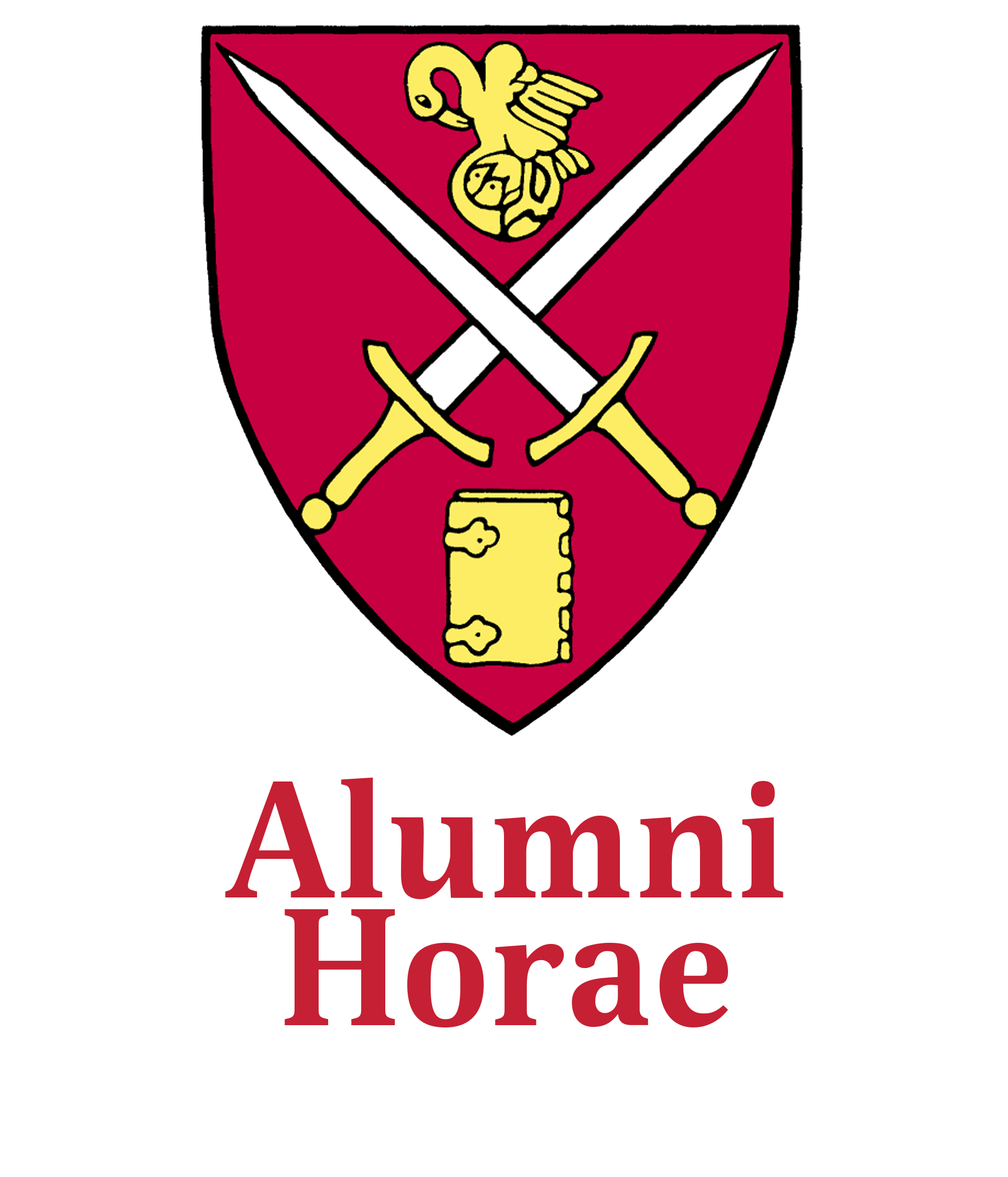SPS Today: “Mercifully Preserved from Serious Trouble”
With 20th-century social distancing in place, the St. Paul’s School of 1918 was able to survive the Spanish Flu epidemic unscathed.
Jana F. Brown
According to a September 2018 article written for the Concord Monitor by local historian Byron Champlin, at least 168 deaths were recorded in Concord, N.H., during the Spanish Flu epidemic of 1918. City officials shuttered public schools, churches, barbershops, theaters, eateries, and other gathering places.
Interstate-93 was not fully constructed from Salem to Concord until 45 years later, 1963, limiting access to the New Hampshire state capital until the middle of the century. But the epidemic struck the Granite State through soldiers stationed in and around New England or returning at the end of World War I, and through seaports such as the Portsmouth Naval Shipyard. Historical accounts indicate that there were more than 100 cases of Spanish Flu in Nashua by fall 1918, more than 500 in Manchester, 800 in Keene, and at least 2,000 in Dover on the N.H. Seacoast. Concord recorded more than 500 official cases, but Champlin reported that the number, according to city estimates, might have been as much as eight times higher. At the time, St. Paul’s School was able to insulate itself from the rest of the world. In fact, news of the epidemic in School publications was dwarfed by reports of the final days of World War I. In a report published in November 1918, Fourth Rector Samuel Smith Drury addressed three items, with the influenza epidemic listed as item “C.”
“All possible precautions to prevent an out- break of this disease in the School have been taken,” Drury wrote. “Isolation has been in force since early October. We have broken up our large assemblies, separated the Lower School, allowed boys having rooms to study in their houses, shortened the Sunday morning service, and have omitted the evening chapel.”
Drury listed three discoveries the School had made as a result of the steps taken to distance members of the SPS community from one another: “We can successfully divide the School into relatively small groups. Parents and other friends understand the reasonableness of our requesting them to remain away. In future, at times of epidemic, similar action on their part will automatically be expected. While maintaining the integrity of Sunday, we can abbreviate chapel services.”
Also in November of 1918, Horae Scholasticae reported, “We should all feel deeply thankful that we have thus far so completely escaped the epidemic of influenza which has swept through the lands.” Precautions taken to prevent a flu outbreak at St. Paul’s included limiting gatherings of large groups of students in lectures and in the Big Study. Students in the Lower School were allowed to study in their rooms instead, and attended their own services in the Old Chapel. No student was permitted to travel into Concord, and parents, friends, and alumni were urged strongly not to visit the School. Time outdoors, exploring the grounds during the time of isolation, was cherished. The quarantine of the Lower School from the Upper School lasted six weeks, until all students were able to reconvene in Chapel on November 10, 1918, one day before the official end of the war.
“Beyond all doubt, one of the most important causes of the fine health record,” the Horae Scholasticae report noted, “was an unbroken stretch of beautiful fall weather, which enabled every boy to take some form of wholesome exercise.”
“While our situation has indeed been happy – incredibly so, it would almost seem, in face of the reports which have come from other quarters – we must not even so consider that the danger is entirely past,” the Horae concluded. “Avoiding over-confidence, we must still take the utmost care, lest we shall in any way mar the good record so far maintained.”
Unlike the current outbreak of COVID-19, face-to-face classes at St. Paul’s continued uninterrupted throughout the 1918-19 academic year, though many other schools were not as fortunate. According to a March 1919 report of the N.H. Board of Education, public schools in Concord closed for four weeks in October due to the influenza outbreak (three of those weeks were made up in the month of June). Later reports in the March 26, 1919, and June 18, 1919, editions of Horae Scholasticae continued to share that St. Paul’s School had been fortunate to come through the “terrible epidemic unscathed.”
“While all precautions were taken by the School, and probably the boys as a rule were somewhat more than usually careful themselves,” the March issue reported, “the fact remains that the fortunate results were due to nothing which we can ascribe to our own efforts. We have been most mercifully preserved from serious trouble, and should be duly grateful.”

